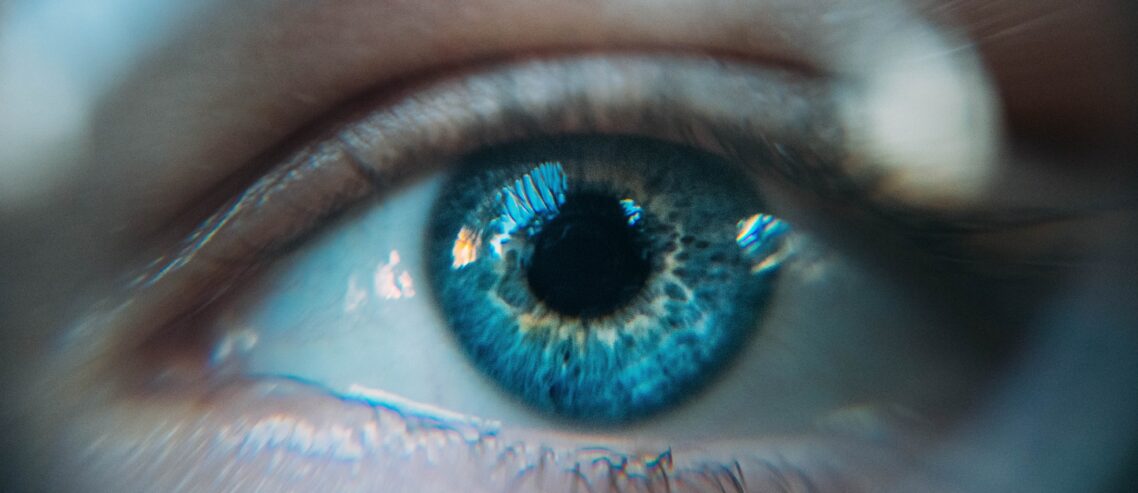What are the Different Types of Eye Surgeries?
Eye surgery offers a wide range of procedures that cater to different needs and conditions. The available options include laser surgery, traditional open surgery, and minimally invasive surgeries.
The choice of treatment depends on various factors, such as the specific eye condition and the patient’s overall health. Ophthalmic surgery is a highly precise and specialized field. Surgeons use different techniques based on the specific part of the eye involved and the particular condition being treated.
In this Pacific Prime Thailand article, we will go through the different types of eye surgeries.
Laser Eye Surgery
Laser eye surgery, or laser vision correction, involves reshaping the front surface of the eyes (cornea) using lasers to improve the ability to focus. It can treat astigmatism, long-sightedness, and short-sightedness.
Laser-Assisted in Situ Keratomileusis (LASIK)
LASIK, short for Laser-Assisted in Situ Keratomileusis, is a widely recognized and frequently performed laser refractive surgery to address vision problems. This procedure offers an alternative to wearing glasses or contact lenses.
During LASIK surgery, a specialized cutting laser is used to accurately reshape the cornea, the dome-shaped transparent tissue at the front of the eye. This precise alteration of the cornea’s shape aims to enhance visual quality.
Small Incision Lenticule Extraction (SMILE)
SMILE, short for Small Incision Lenticule Extraction, is a minimally invasive laser eye surgery procedure used to correct vision problems such as nearsightedness and astigmatism. Unlike other methods, SMILE involves creating a small, precise area within the cornea using a laser and removing it through a tiny incision.
This targeted reshaping of the cornea improves the ability to focus light on the retina, resulting in improved visual clarity. SMILE is known for its rapid recovery period and minimal discomfort, setting it apart from other laser eye surgeries.
Surface Laser Treatments (PRK & LASEK)
PRK, a laser-based procedure, is used to reshape the cornea’s surface, unlike LASIK, which focuses solely on the cornea. PRK is suitable for individuals with mild to moderate nearsightedness, farsightedness, or astigmatism. It can be combined with computer imaging technology for enhanced precision and effectiveness.
LASEK (laser epithelial keratomileusis) is a vision correction surgery that combines the advantages of LASIK and PRK. It is another way to correct astigmatism, nearsightedness, and farsightedness. LASEK aims to improve visual clarity and reduce reliance on corrective lenses, providing an effective option for achieving clearer vision.
Lens Surgery
Lens replacement surgery is a vision correction procedure that includes both cataract surgery and refractive lens exchange (RLE) surgery. It is designed to address various vision-related issues and enhance visual clarity.
Phakic Intraocular Lens (PIOL)
Phakic intraocular lens (IOL) is a specialized type of lens used in eye surgeries to address vision problems, similar to the function of glasses or contact lenses. It is specifically designed for individuals with high degrees of nearsightedness, farsightedness, or astigmatism.
Unlike refractive lens exchange (RLE) where the natural lens is replaced, phakic IOL surgery preserves the integrity of the eye’s natural lens. Instead of removing the natural lens, a phakic IOL is implanted alongside it.
This supplementary lens helps properly focus light onto the retina, leading to improved vision without the need for removing the original lens. This procedure can result in clear vision and reduce dependence on glasses or contact lenses.
Refractive Lens Exchange (RLE)
RLE, or refractive lens exchange, is a procedure designed to tackle vision problems in a manner akin to wearing glasses or contact lenses. It is primarily utilized for individuals encountering vision difficulties caused by age-related changes in the eye’s natural lens.
During RLE, the natural lens is extracted and replaced with an intraocular lens (IOL) that effectively addresses vision issues. By modifying how light is focused onto the retina, RLE enhances visual clarity, leading to heightened sharpness and overall improvement in vision quality.
Presbyopia
Presbyopia is the gradual loss of near-focusing ability in the eyes, commonly experienced as a person ages. Symptoms typically begin in the early to mid-40s and worsen until around age 65.
Holding reading materials at arm’s length to see them clearly is a common sign of presbyopia, and it can be diagnosed through a comprehensive eye examination. Treatment options for presbyopia include eyeglasses, contact lenses, and sometimes surgery.
YAG Laser Treatment
YAG laser treatment is a surgical procedure commonly used to address a specific side effect of refractive lens exchange. In some cases, patients may experience a gradual decline in vision caused by the thickening of the lens capsule surrounding the artificial lens.
The aim of YAG laser treatment is to restore clear vision by creating a small opening in the thickened capsule, allowing light to pass through and improve visual acuity. This procedure effectively returns vision to the level achieved after the initial refractive lens replacement, providing patients with optimal visual outcomes.
Before Your Surgery
If you’re considering getting eye surgery, there are several important factors to consider. Here is some essential information you need to take into account before your surgery.
- Consultation: Schedule a consultation with an experienced eye surgeon to determine if you are a suitable candidate for the surgery. They will evaluate your eye health and discuss your expectations.
- Risks and Complications: Understand the potential risks and complications associated with the specific eye surgery you’re considering. This will help you make an informed decision and manage your expectations.
- Pre-Surgery Preparation: Follow the pre-operative instructions provided by your surgeon, which may include avoiding certain medications or wearing contact lenses for a specified period before the surgery.
- Recovery Time: Inquire about the expected recovery time after the surgery. Different eye surgeries have varying recovery periods, and you should be prepared for possible activity restrictions.
- Recovery Process: Understand the post-operative care instructions, including the use of prescribed eye drops, avoiding strenuous activities, and protecting your eyes from sunlight or irritants. Follow these guidelines diligently to ensure proper healing.
- Long-Term Results: Discuss the long-term plan with your doctor. Most eye surgeries will address your eyesight problems, but some may require additional care.
What are the Possible Risks of Eye Surgery?
Eye surgery is generally safe; however, risks are involved with all operations. Depending on the procedure, there may be additional risks or complications, which could include :
- Dry eyes
- Seeing glare or halos.Infection
- Bleeding
- Blurred vision
- Decreased vision
Where to Get Eye Surgery in Bangkok
If you wish to have your eyes treated in Bangkok, you can be confident in the Thai capital’s excellent healthcare system, which is on par with Western standards. Private hospitals provide some of the best treatments as they feature cutting-edge technology and facilities, internationally qualified doctors, and multilingual staff.
While it’s not possible to cover all of Bangkok’s public and private hospitals, here are a few to consider:
- Bumrungrad International Hospital
- Bangkok Hospital
- Samitivej Hospital
- St.Louis Hospital
- Phayathai Hospital
- Vibhavadi Hospital
See Clearer with Pacific Prime
The prices for eye surgery will depend on various factors, such as the hospital you choose and the type of surgery you require This is why having insurance is essential, which is where Pacific Prime Thailand comes in.
As a leading broker with over two decades of industry experience, we compare insurance plans in Thailand to ensure you get the best coverage for your needs and budget.
Contact us to receive impartial advice or an obligation-free quote today.
- Healthcare, Safety, and Insurance Tips Before Moving to Thailand - June 22, 2023
- What are the Different Types of Eye Surgeries? - June 14, 2023
- The Challenges of Thailand’s Public Healthcare System - May 2, 2023





Comments
Comments for this post are closed.
We'll notify you
when our team replies!